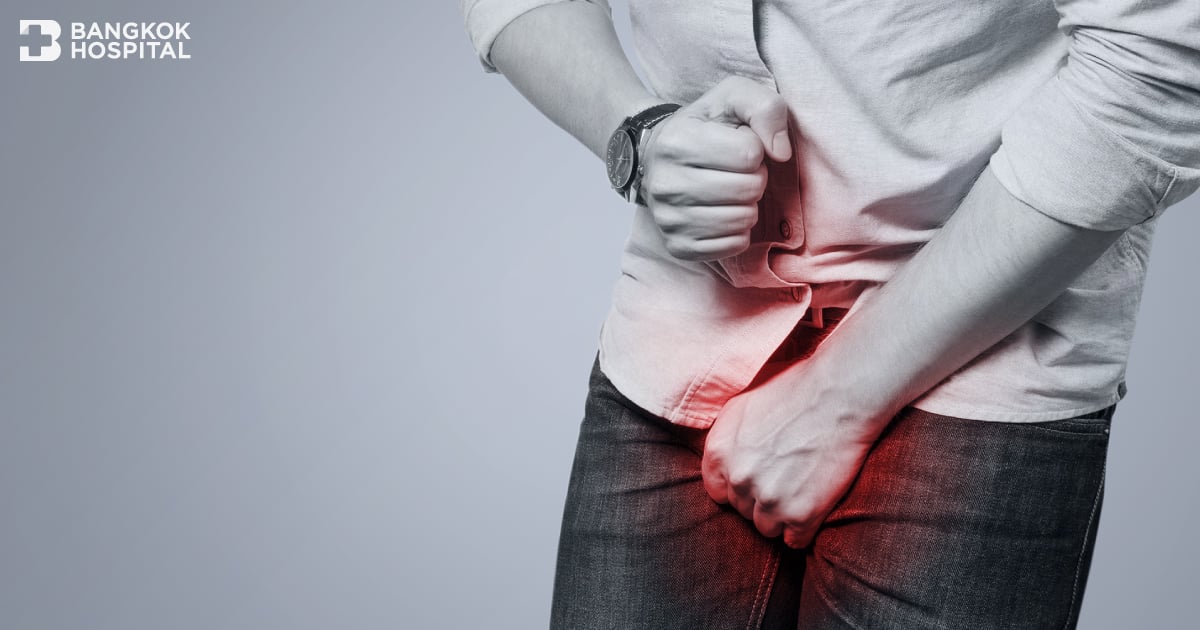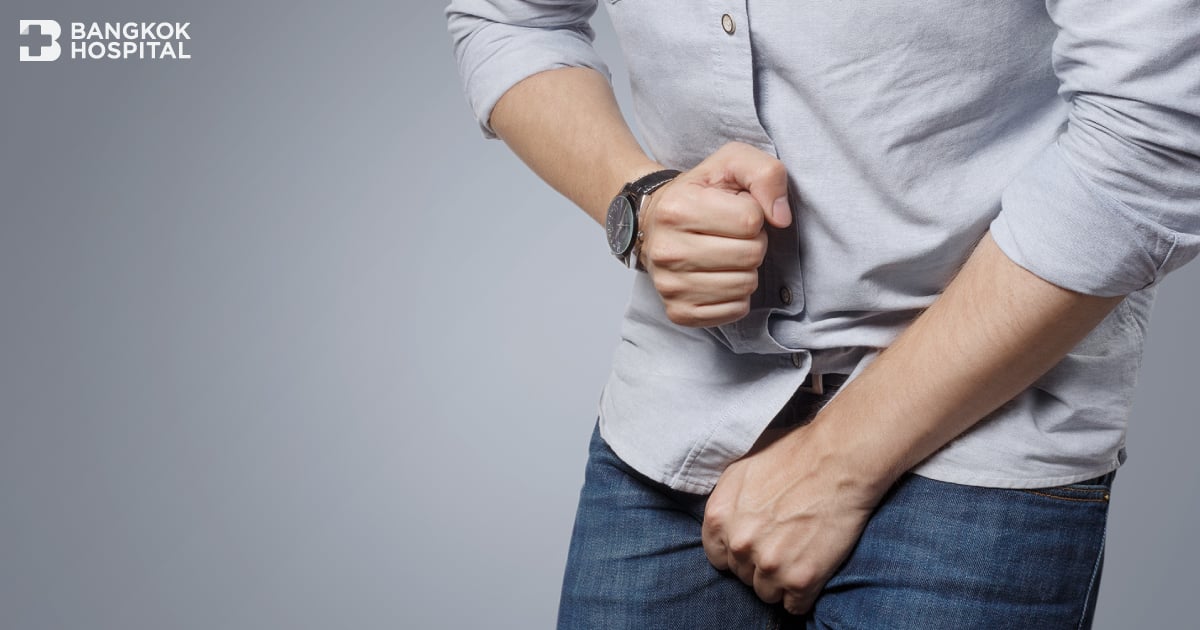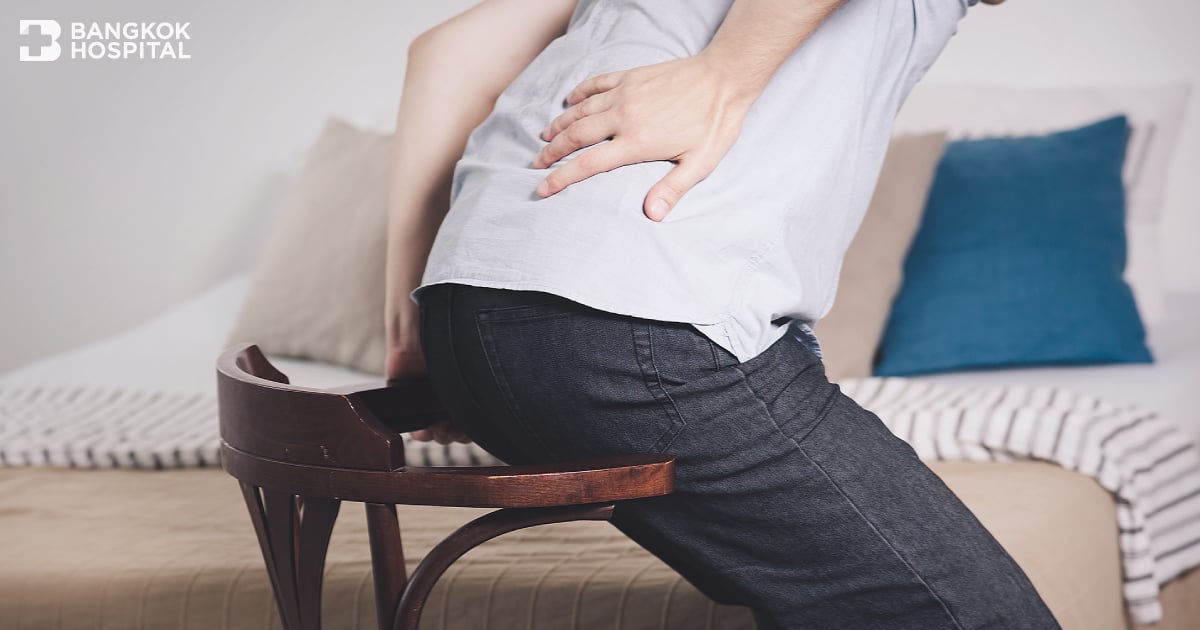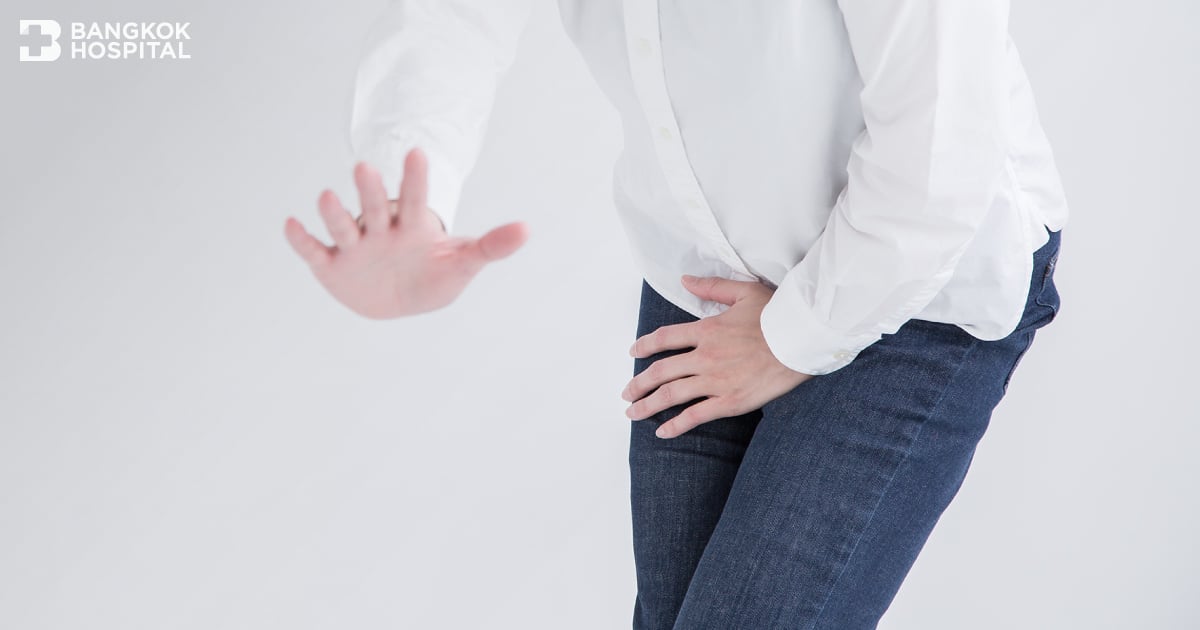
The da Vinci Xi - Robot-assisted system for minimally invasive urological surgery
The urinary system is crucial to the body as it filters the blood, removing waste and excess water. Urologic diseases affect parts of the urinary system which includes the kidneys, renal pelvis, ureters, bladder, prostate gland and urethra.

Prostate Cancer Screening with 3D Biopsy Technology
MRI fusion with trans-rectal and trans-perineal ultrasound for prostate biopsy procedures utilize 3-dimensional imaging technology to help make rapid diagnosis.

Water Vapor Therapy Treatment for Benign Prostate Enlargement
Prostate enlargement affects normal daily routine. Currently, benign prostate enlargement can be treated with water vapor therapy and does not require surgery.

Be aware of kidney stone before it leads to chronic kidney disease
Kidney stones, also known as renal calculi or nephrolithiasis are hard deposits made of minerals that form inside the kidneys. Although kidney stones can strike anyone at any age, men are more susceptible to develop this condition than women. Peak incidence occurs between ages 30 to 40 years. If they are left untreated, serious complications might potentially develop, including infection of the kidney, sepsis, injury to ureter and impaired kidney function that eventually leads to chronic kidney disease. Knowing the warning signs of kidney stone allows for an early diagnosis and effective treatment given in a timely manner before the condition severely progresses.

Do not let your life be disturbed. Stop worrying about overactive bladder!
Urinary abnormalities such as frequent urination and feeling a sudden urge to urinate might be frequently overlooked. In fact, these symptoms potentially indicate overactive bladder or OAB. Overactive bladder is a chronic medical condition which has tremendous impacts on the quality of life in both men and women.

Risk Factors of Erectile Dysfunction
Erectile Dysfunction is the inability to sustain an erection, and thus take part in sexual intercourse. Diagnosis is quite straight forward, and the doctor may be able to identify causes and risk factors, by a thorough analysis of the patient’s medical history, together with a health check-up, and certain laboratory tests. It is important that patients are completely candid with their doctor, and do not withhold any information.

Erectile Dysfunction Can Be Treated
Erectile Dysfunction or ED can be treated by several different methods depending on each patient’s individual needs.
